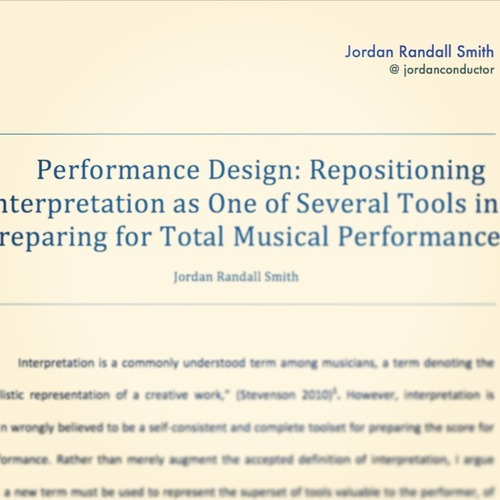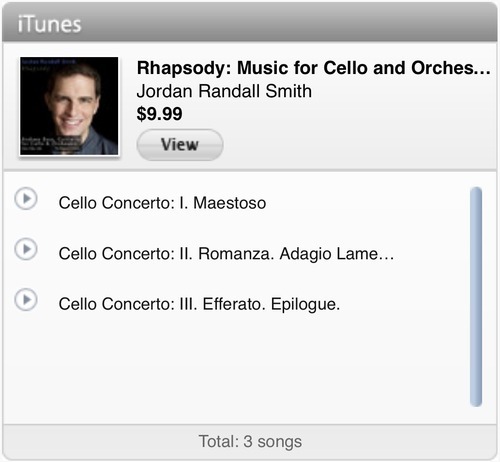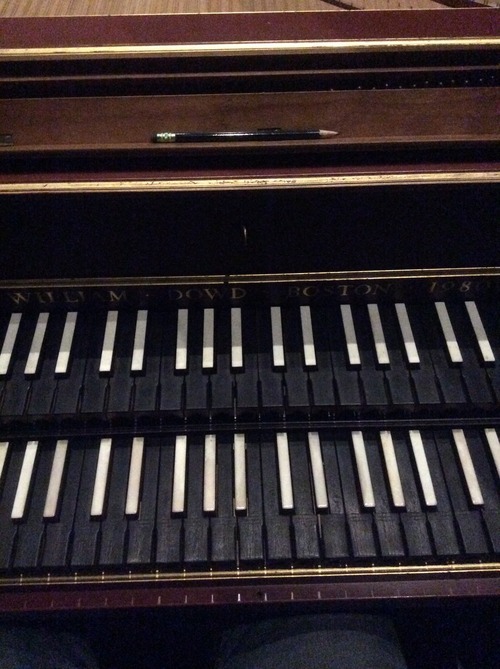I recently took some
basic notes on the stops involved when playing a Williams Dowd French Double Harpsichord, one of the finer instruments of our collection at the Peabody Conservatory.
The basic set of options. (Secondary bullet L/R indicates the setting, either right or left.)
- Left stop:
- L: bottom manual 8' off
- R: bottom manual 8' on
- Middle stop: lute stop
- L: lute stop on
- R: lute stop off
- Right stop
- L: bottom manual 4' off
- R: bottom manual 4' on
- Top manual
- Back: bottom manual locks/activates both manuals
- Forward: bottom manual unlocked
This gives you the basic rundown on what the sound options are. The instrument has a disposition of 2x8, 1x4, meaning that there are three sets of strings to select from, meaning that there are:
- 3 timbres consisting of 1 string set
- 3 timbres consisting of 2 string sets
- 1 timbre combining all three sets.
- 7 total timbre possibilities.
In addition, textures can be created utilizing a different string combination for the upper and lower manuals.
For instance, the top manual could use just the "front 8" (one of two sets of 8-foot strings) While the bottom could use the "back 8" plus the 4-foot set. That's just one of a number of possibilities. Note that there are limits. For instance, this harpsichord is not capable of giving additional options to the upper manual. This is presumably because the top manual is the "contrast manual", used to set off against the colors set up by the lower manual.
Here is a photo of the instrument:









